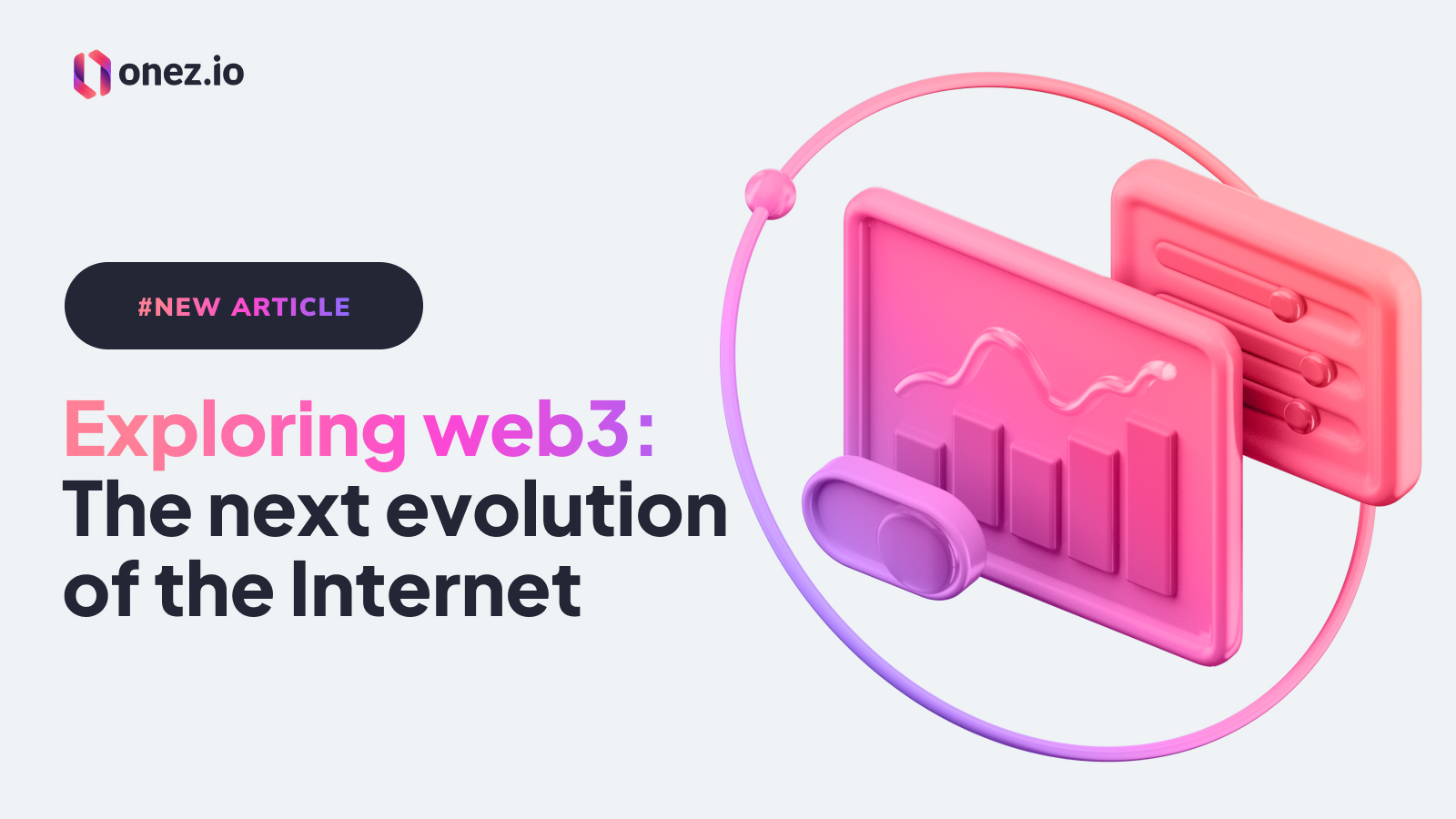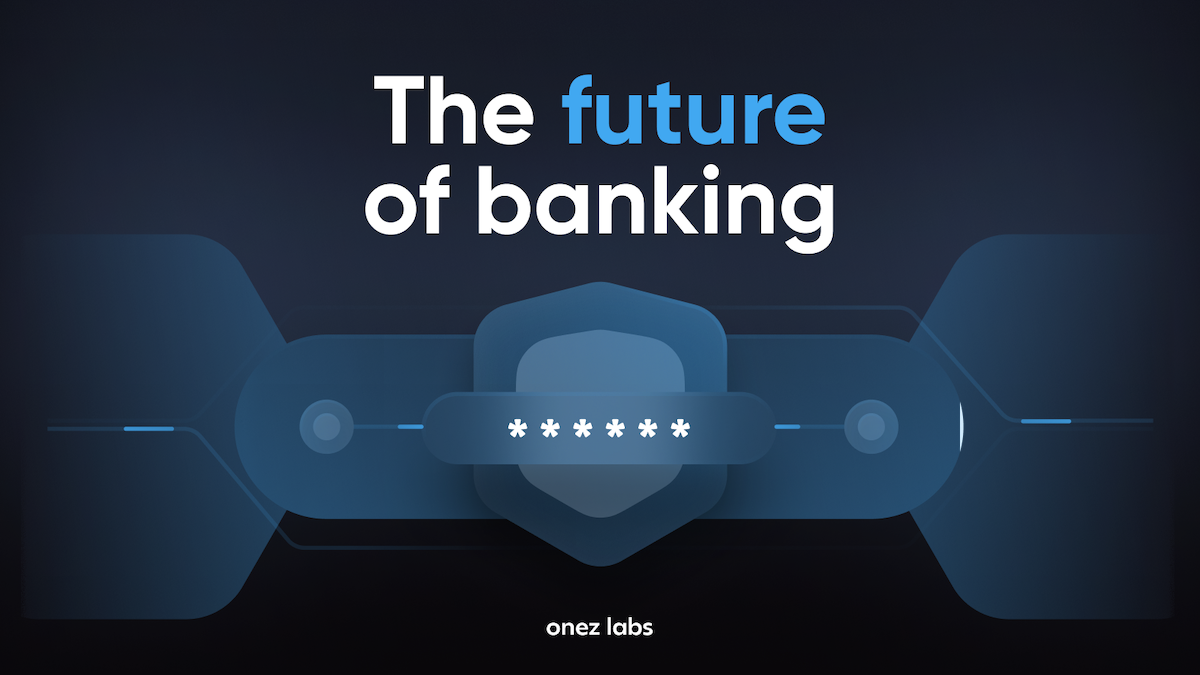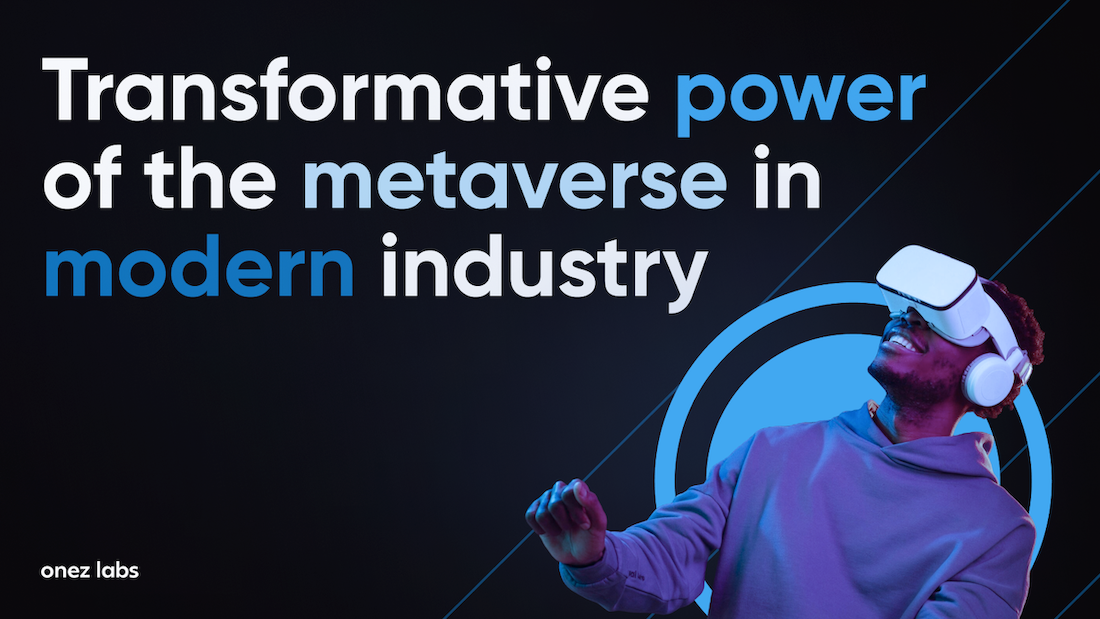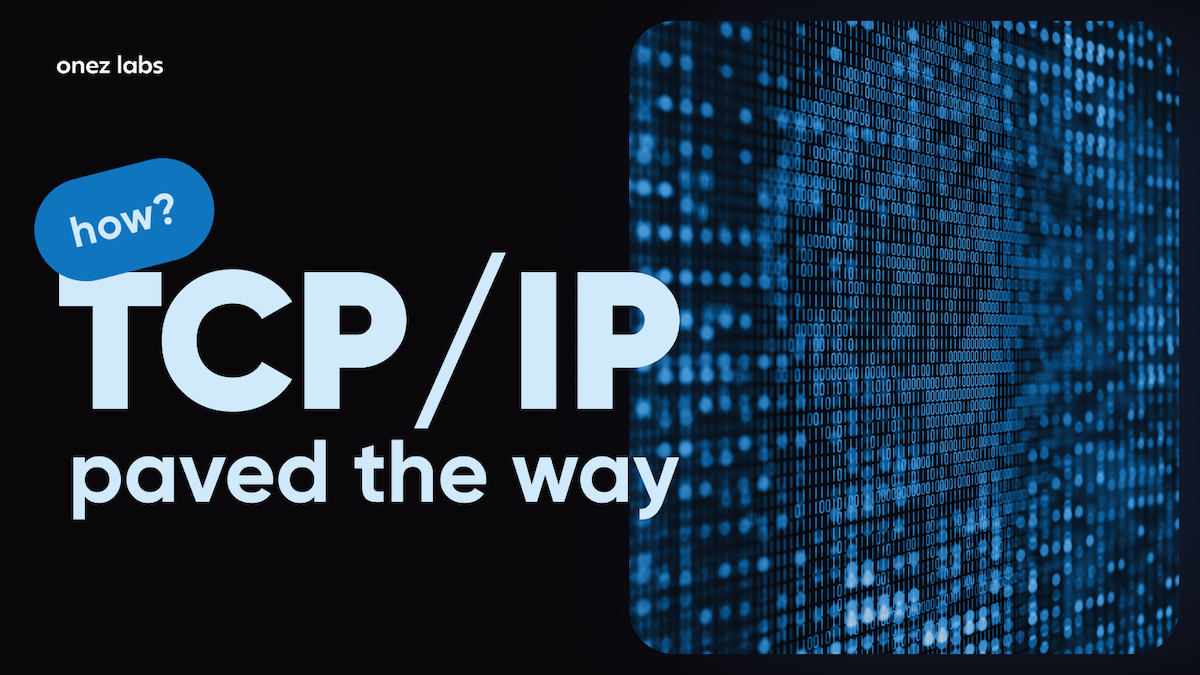Table of Contents
- What is Web3: A beginner’s guide
- Revolution revealed: Comparing Web3 technology to Web1 and Web2
- Crucial Elements: delving into Web3’s essential technologies
- Simplifying Web3’s technology and functionality
- The implications and future potentials of Web3 technology
- The loopholes and controversies surrounding Web3 technology
- Bottom line
- FAQ
A popular misconception about web3 is that it is a replacement for web2. It is not surprising many think of web3 as web2’s successor. However, if taken wholly this way, it jeopardizes the underlying structure that characterizes web2, which is what web3 technology seeks to expand and explore significantly. It is essential to understand that web3 is still in an ever-growing and ever-evolving phase — so all that web3 will be in the future has not been utterly discovered; it is still halfway into all its unique possibilities.
Nothing in the history of humanity has ever arisen without precedent. For example, Albert Einstein’s theory of relativity expanded Isaac Newton’s well-known law of gravity. Einstein’s theory improves the fundamental ideas of the law of gravity without trying to minify its applications. Because of this, their bond remains unbreakable, even years after the passing of both scientists. Both theories go hand-in-hand.
The best way to think of blockchain web3’s relationship with web2 is to think of it as Kevin Kelly, the founder of Wired Magazine, describes: web3 is to web2 as the printing press was to the town crier. It allows anyone to publish, not just a select few. Other web3 technologies enthusiasts like Meltem Demirors opine that web2 is like renting a house, and web3 is buying the house.
There is a recurrent item in Demirors’ phrase: the “house,” which shows that both concepts are connected and one isn’t entirely the replacement for one. This article seeks to bring to simple terms what is web3 all about, the intent of web3, the implications of blockchain and web3 technology, and the following criticism and insufficiency of web3
What is Web3: A beginner’s guide
When W. Scott Stornetta and Stuart Haber introduced the first blockchain — a project to time-stamp digital documents, as the Harvard Business Review puts it — in 1991, essentially everyone at the time thought little of what they did and accorded less importance to that invention as it was the norm to make mockery and think less of people who attempted the impossible inventions during those times.
Like many inventions, it took the idea sixteen years to sprout. In 2009, a pseudonymous inventor known as Satoshi Nakamoto launched the first ever cryptocurrency, Bitcoin — it has remained the most valuable cryptocurrency since its introduction fifteen years ago.
The reign of web3 technologies on the lips of every person in the 21st century did not take place by mere luck. Many events played vital roles in proclaiming the emergence of web3 as the next phase of the Internet. In 2009, when Bitcoin came into the scene, the idea of a space laden with several mind-blowing opportunities appeared absurd to many listeners. Only a few accepted to invest their hard-earned money into cryptocurrency—a currency that can not be touched and immediately tendered in the mall or a boutique.
But in 2020, the Covid year, it enjoyed a massive surge and gained more popularity than it used to have. Other cryptocurrencies, like Ethereum, Litecoin, etc, had a cut in this unprecedented evaluation rise. In that period, the seeds sown by W. Scott Stornetta and Stuart Haber took center stage in the discussions positioned to shape the world in the coming years.
The foundation of blockchain web3 is a “trustless” model. Currently, the world relies on companies to deliver the services they promised. However, if web3 technologies products and services are built on blockchains and decentralized, one only needs to trust the underlying algorithm to provide the product. The power of web3 is the blockchain. Blockchain technology is a decentralized network that ensures anonymity and tokenization, amongst many others.
The technology powers the cryptocurrency Bitcoin and is most frequently linked to it. The Bitcoin network’s activity is publicly recorded in the Bitcoin blockchain. However, unlike a central bank, bitcoin is not issued by a single entity and is not owned by a single business or individual. Instead, it is decentralized, with a global community of people using specialized computers to maintain the network.
Web3 is a handy acronym for the project that aims to rewire the web by utilizing blockchain technology to alter how data is shared, owned, and stored. Blockchain-based web3 has the potential to break monopolies on information control, revenue generation, and even network and corporate operations. According to experts, what web3 is all about will usher in a new era of the Internet by defining new economies, product classes, and services found online. It will also bring democracy back to the web.
Revolution revealed: Comparing Web3 technology to Web1 and Web2
One of man’s greatest inventions is the Internet. Some claim that it is a miracle. In either case, it ranks high among man’s greatest inventions. Everything had to be done manually in the past, before the Internet was invented, and the only way to obtain information was through the library walls. The Internet brought about digitalization, which means providing information to people via the Internet, a new technology called “Web 1” that has established the footing for other technological developments.
When the World Wide Web was launched, it was intended for scientists who faced immense hardship in exchanging information globally. Along the line, Berners Lee—who wrote the proposal to develop this communication tool — discovered that it had a higher propensity to serve everyone, not just the scientists. He formed a collaboration with Robert Cailliau, a computer scientist, and that began the foundation of Web 1.
Web 1 served its primary function of providing information and making communication available. It functioned as a Content Delivery Network (CDN). However, it fell short: it needed more content creators, which warranted further development. The development heralded an extension of Web 1 known as Web 2. With Web 2, the Internet became an interactive medium where anyone can participate and produce content.
Emblems of the second generation of the web include Facebook, Twitter, and Instagram. Content consumers became active participants in creating content on the web, thanks to Web 2.0. These social media platforms have shown that user-generated content significantly influences online interactions. web3 technologies enabling users to interact seamlessly with the web included JavaScript, AJAX frameworks, Adobe Flash, Microsoft Silverlight, and Eclipse. Mobile-friendly websites and apps quickly became popular, meeting the increasing demand for internet-connected devices.
Like Web 1, Web 2 has shortcomings: the capitalism of information, data privacy, security, centralized control, and several others. The emergence of blockchain web3 aims to refine the excesses of Web 2. What is most exhilarating about these phases is the constant need to evolve, stretch, and explore the structures to the cravings of their respective timings.
Crucial Elements: delving into Web3’s essential technologies
Web 3.0 has several core essential technologies structured to keep it functional and distinctive. These crucial elements include decentralized identity (DID), tokenization and digital assets, and decentralized autonomous organizations. Let’s dive into the critical elements that make up web3 technologies;
Decentralized Identity (DID)
- User Empowerment: A key component of web3, Decentralized Identity (DID) seeks to empower users by granting them authority over their digital identities. This change signifies a break from the conventional paradigm in which centralized entities manage and control user identities.
- Improvement of security: By enabling users to handle their data securely, DID improves security in the digital sphere. The risk of centralized data breaches is reduced with the decentralization of identity, giving users more assurance that their data is secure.
- Authentication and Authorization: Reducing dependency on centralized entities for authentication and authorization is one of DID’s primary features. Users can independently control who can access their data without intermediaries, improving privacy and autonomy.
- Focus on Privacy: DID strongly emphasizes privacy by design, enabling users to decide what information is shared and with whom. The growing concerns about data security and the demand for user-centric solutions align with this privacy focus.
- User-Centric Approach: The focus placed by web3 on DID points to a change in identity management strategy that is more user-centric. Users are now active participants in identity systems, having control over their digital identities rather than passive objects.
Interaction and the semantic web
As demonstrated by the ongoing transformation of finance through DeFi and the restructuring of digital asset ownership through NFTs, blockchain web3’s decentralized nature has the potential to upend established industries.
- Seamless Interconnection: web3 envisions a digital space where various platforms seamlessly interconnect, fostering a more integrated and accessible internet experience. This interconnectedness is crucial for breaking down barriers between diverse online environments. Micro contracts, decentralized applications, and blockchain technology can streamline processes, reduce costs, and eliminate the need for traditional intermediaries.
- Semantic Web Extension: The goal of the Semantic Web is to improve the context and meaning of data by acting as an extension of the existing web. It offers a framework for data interoperability, enabling more efficient information understanding and processing by machines.
- Data Interoperability: The Semantic Web makes it easier for people and machines to access and understand data regardless of its source by focusing on data interoperability, which guarantees that information can flow freely across various platforms.
Digitization and Tokenization
- Blockchain Facilitation: blockchain technology makes tokenization possible, a crucial component of web 3. In the process, a new ownership paradigm is created by representing digital or physical assets as tokens on a blockchain.
- Asset Conversion: The tokenization process entails turning traditionally illiquid assets—like real estate or artwork—into digital tokens. Each token represents a share or unit of ownership in the underlying asset.
- Fractional Ownership: Fractional ownership is one of tokenization’s significant benefits. Because users can own a portion of an asset, a more comprehensive range of investors can now access high-value assets.
- Increased Liquidity: Tokenizing assets results in more tradingable digital tokens on blockchain-based platforms, which boosts liquidity. This liquidity creates new opportunities for markets that are dynamic.
- Novel Economic Models: Tokenization presents novel economic models that contest established ownership and investment frameworks. This change could promote a more inclusive financial ecosystem by democratizing access to different types of assets.
- Democratization of Access: Tokenization makes resources previously available only to a small group of people more accessible to everyone. This inclusivity aligns with the principles of blockchain and web3, aiming to reduce barriers and provide broader participation in financial markets.
Simplifying Web3’s technology and functionality
One way to conceptualize blockchain web3’s functionality is as a decentralized internet interaction framework. It uses blockchain technology to enable data exchange and peer-to-peer transactions without intermediaries.
Because it is decentralized, users have more control over their privacy and digital assets, and transparent, unchangeable records promote trust. Blockchain web3 is about democratizing access to digital services and changing online interactions to create a more fair and open environment.
The implications and future potentials of Web3 technology
Web3 enthusiasts have been quoted to have made exciting claims about the implications and future potentials of blockchain web3. They believe the world is set to benefit hugely from the introduction of web3. Web3 is set to grow in usability and new application areas.
Web3 will go in a different direction than Web 2, which gave mass data volumes priority. Instead, it will place a greater focus on functionality. Web3 will be far better than the current web system because of decentralization, permissionless access, and increased connectivity. Users will have more control over the benefits of using or selling their content. The following are some of web3’s technology’s main implications and future potentials:
Enhanced data handling
Due to the decentralized information storage, users will always have access to data. Many backups will be sent to users to help them in case of a server crash. End users will benefit most from encryption in terms of data security.
Improved optimization for search engines
It is very effective to use a search engine in natural language. Instead of employing intricate keyword strategies, businesses can get the best out of website optimization.
A thriving economy of creators
With the emergence of blockchain web3, content developers have a bright future ahead of them. Because there are numerous ways for intermediaries to reach their audience, most content producers need help to get paid for their labor. Features of web3 technologies, like tokenization, could offer substantial benefits.
Democratized cooperation
A DAO (Decentralized Autonomous Organization), an innovative management structure free of boards and CEOs, powers web3. DAOs allow for infinite participants by operating based on a set of coded rules or intelligent contracts. Many traditional businesses are predicted to convert to DAOs in ten to fifteen years.
Openness and personalization
Thanks to the decentralized web, users can access the website’s source code and keep an eye on their data. Every stakeholder will always be conscious of the company and its worth. Furthermore, websites will provide a more wholly customized surfing experience as AI and NLP improve their ability to identify user preferences.
The loopholes and controversies surrounding Web3 technology
Compared to traditional web pages, blockchain web3 offers several advantages as a new interface for the Internet. These include improved navigation, faster load times, and increased security and privacy. But there are also serious risks and threats associated with cyberspace.
It will become more challenging for the government to intervene in a decentralized web system.Without centralized platforms, preventing and controlling hate speech, misinformation, and misrepresentation could be difficult. Furthermore, business models beyond web3 technologies will change to incorporate more decentralized components.
Interactions with governments will be more difficult on a decentralized network because they will cross geographical borders. The laws of multiple nations may govern disputes that arise. These are the loopholes surrounding the emergence of blockchain and web3. But web3 developers are working on it, and only the future can tell if these problems will be solved.
If you check around, you’ll find web3 companies doing tremendously well. One of these companies is Onez, a leading web3 company providing seamless customer transactions. The future of blockchain and web3 is indeed bright.
Bottom line
Web 3.0 is in the process of being developed and should be available in a few years. When coupled with other cutting-edge technologies like blockchain, cryptocurrency, augmented and virtual reality, and the metaverse, it can completely transform our interactions with the outside world and how we obtain online information.
FAQ
1. What is the main difference between Web2 and Web3?
Web3 aims to refine the excesses of Web2 by shifting from a centralized model to a decentralized one. It allows users to have more control over their data and digital assets, with transparent, unchangeable records promoting trust.
2. How does Web3 promote user empowerment?
Web3 promotes user empowerment through Decentralized Identity (DID), which allows users to have authority over their digital identities. Users can control who can access their data without intermediaries, improving privacy and autonomy.
3. What is tokenization in the context of Web3?
Tokenization is a process enabled by blockchain technology in which digital or physical assets are represented as tokens on a blockchain. Each token represents a share or unit of ownership in the underlying asset, allowing for fractional ownership and increased liquidity.
4. What are potential challenges with the adoption of Web3?
Potential challenges include difficulties for governments to intervene in a decentralized web system and the risk of unchecked hate speech, misinformation, and misrepresentation. Also, interactions with governments could become more complex due to the crossing of geographical boundaries on a decentralized network.
5. What is the role of blockchain in Web3?
Blockchain provides the underlying technology for Web3. It enables the decentralization of data exchange and peer-to-peer transactions, and it powers the process of tokenization.



